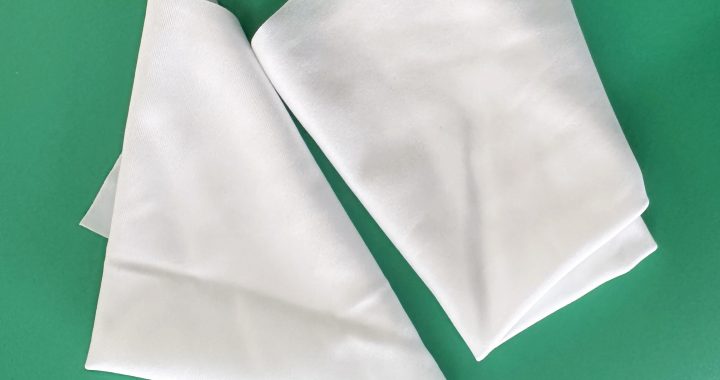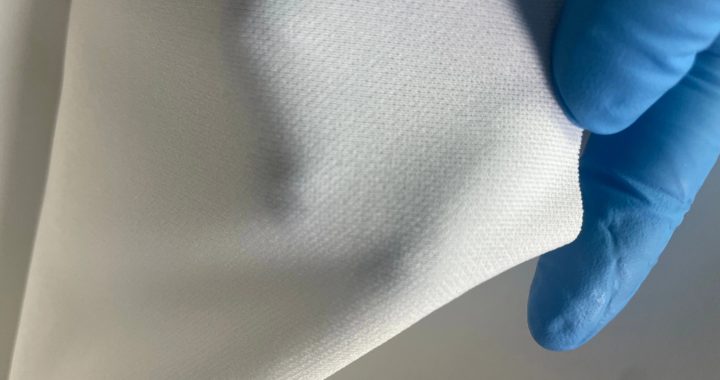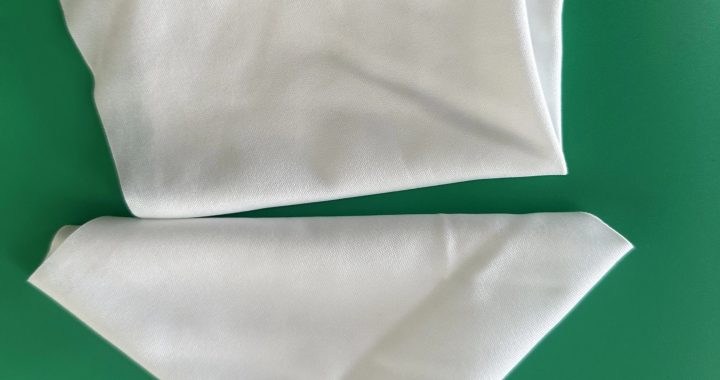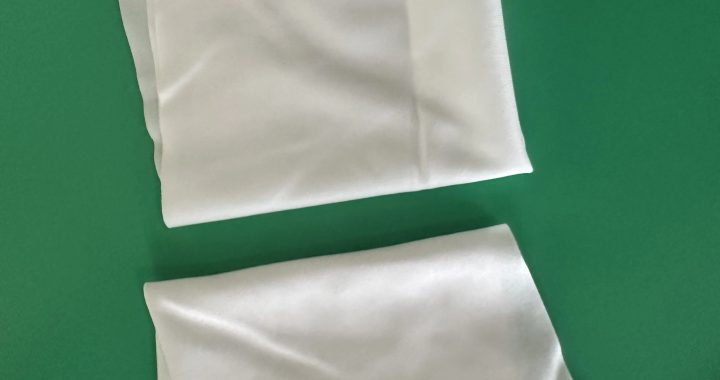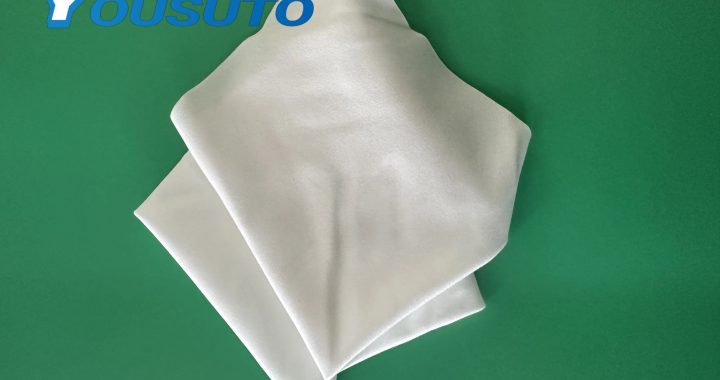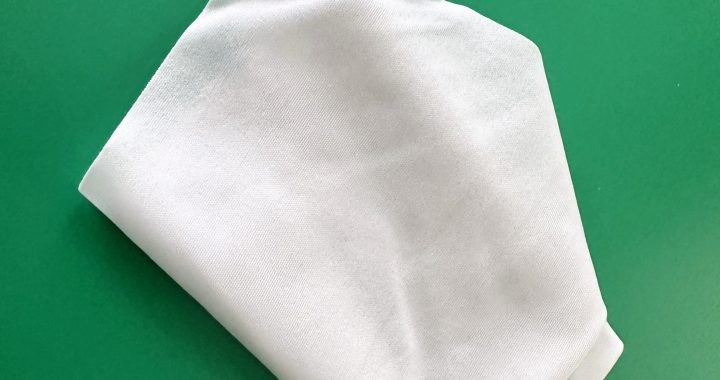Pre-wetted cleanroom wipes are essential for enhancing cleaning efficiency of precision equipment in Class 100 cleanrooms. Saturated with high-purity solvents, these lint-free, anti-static wipes effectively remove dust, oils, and residues from sensitive surfaces. Proper techniques, including single-direction wiping and controlled pressure, prevent particle redistribution and electrostatic discharge (ESD). Using pre-wetted wipes reduces cleaning time, minimizes solvent usage, and maintains the performance, accuracy, and longevity of delicate instruments in semiconductor labs, research facilities, and high-precision industrial environments.
Key Features:
-
Pre-saturated with high-purity solvents for efficient cleaning
-
Lint-free and anti-static for ESD protection
-
Safe for delicate precision instruments
-
Enhances cleaning speed and reduces solvent consumption
Application Scope:
-
Class 100 cleanrooms and controlled environments
-
Semiconductor, PCB, and optical equipment maintenance
-
Laboratory precision instruments
